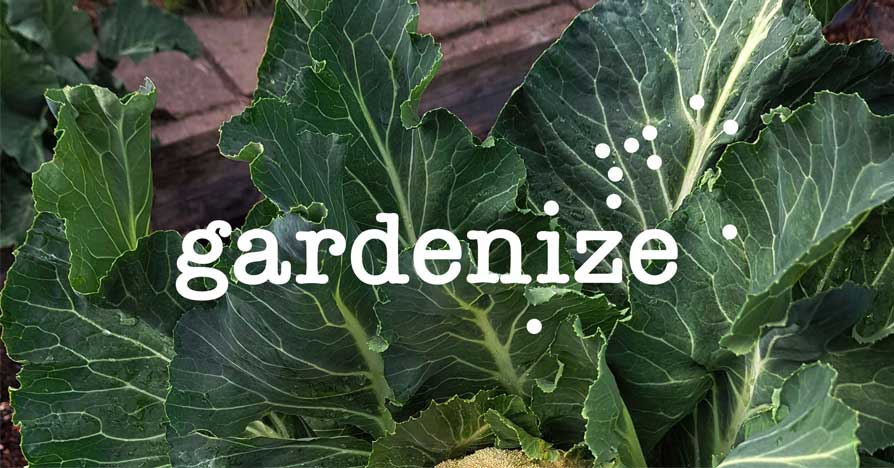What to do in in the garden in February
Itching to get outside and get your hands dirty? Good news, winter is almost gone and our gardens will be coming alive shortly. This month comes with the hope of spring and almost everyone gets to start seeds and begin preparing for this year’s garden. Here are some tips and tasks you should be doing in your garden in February.
As you know, the gardening weathers in February in the United States can vary greatly. Generally, most areas will experience cold temperatures and some snowfall, especially in the northern states. The southern states may experience milder temperatures and some rain.
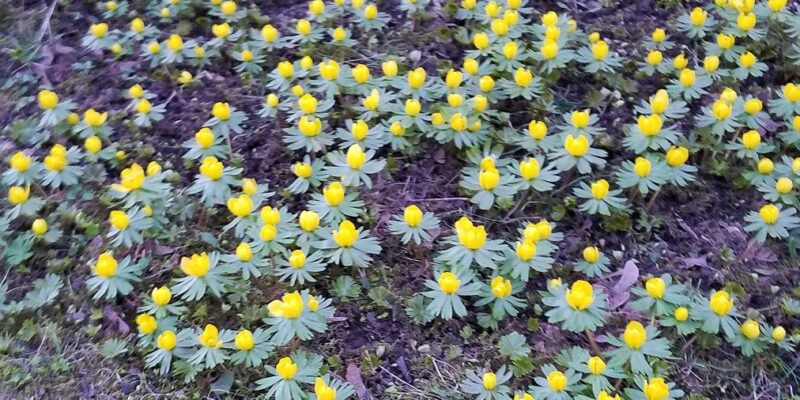
Garden checklist for February
General tasks:
- Prune trees, shrubs, and vines.
- Start planning for spring planting.
- Fertilize trees, shrubs, and vines.
- Check for winter damage on plants.
- Divide perennials.
- Start seeds indoors.
- Prune rose bushes.
- Plant bare-root plants.
- Plant bulbs.
- Check for pests.
- Start composting.
- Clean up garden beds.
- Mulch garden beds.
- Weed garden beds.
- Repair garden structures.
- Clean and sharpen garden tools.
- Plant cold-hardy vegetables.
Gardenize app tips
1. Start adding new plantings in the app. Create an event for every new seeding etc. Also have a look at last year’s plantings? When did you plant Chili last year and how did it go? Should you wait or start earlier this year?
2. Started ordering seeds? If not, it’s about time! Remember to take a photo of the seed bag and plant photo online. Sort and save the images together with the plant information, so that you will remember what you bought and when it is time to plant. Create an event in Gardenize and add a reminder.
3. Set reminders when creating watering events for your plants in winter storage. Remember to turn on notifications in your phone to get them. Don’t forget to give the birds outside some water and food too.
Mid-Atlantic (USDA Zone 5-7)
The weather in the Mid-Atlantic in February usually ranges from cold to mild. Temperatures average in the 40s and 50s Fahrenheit. Be aware to protect your plants, there is usually some precipitation, mostly in the form of snow or rain.
- Prune evergreen shrubs and trees.
- Cut back perennials that were left standing for winter interest.
- Start seeds indoors for warm-weather crops.
- Check stored tubers, bulbs and corms for signs of rot or disease.
- Plant cold-hardy annuals and perennials.
- Plant fruit trees, berry plants and other edibles.
- Divide and replant overgrown perennials.
- Clean and sharpen tools.
- Start a compost pile or bin.
- Monitor for signs of pests and disease.
Midwest (USDA Zone 3–6)
The weather in the Midwest in February can vary greatly. Generally, temperatures are mild to cool with the potential for cold spells. Precipitation can range from snow to rain, ice storms, and fog. Be on your toes to protect tender plants.
- Prune trees and shrubs: Pruning is important for maintaining the health and structure of your trees and shrubs. It’s best to do this before the growing season starts.
- Plant spring bulbs: Plant tulips, daffodils, crocuses, and other spring–blooming bulbs. Planting in February will ensure a beautiful flower display come springtime.
- Start seeds indoors: Start your vegetable and flower seeds indoors in February to get a head start on your garden.
- Clean up the garden: Remove any dead or decaying vegetation and weeds. This will help keep pests away and let your plants have more space to grow.
- Fertilize: Apply fertilizer to your lawn and garden beds, to give your plants a boost for spring.
- Cover plants: If the temperatures drop below freezing, cover any vulnerable plants with blankets or sheets. This will help protect them from frost.
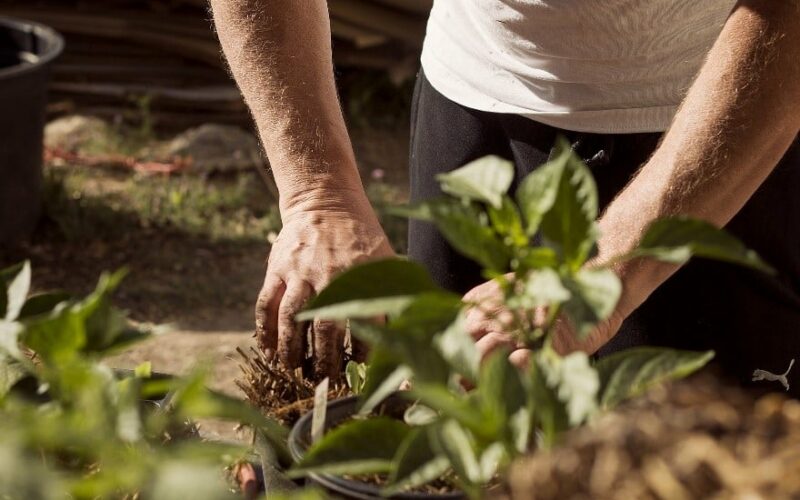
Northeast (USDA Zone 4–7)
The weather in the Northeast in February can vary greatly depending on location. Generally, temperatures will range from the mid-30s to mid-50s Fahrenheit. It is possible to experience some snowfall, but it is usually light. Precipitation will likely be in the form of rain showers, but it can also be a mix of snow and rain. Weather patterns can be unpredictable, so be prepared for anything and protect your February garden!
- Prune plants that bloom in the spring.
- Plant cold-hardy vegetables such as kale, spinach, and lettuce.
- Spread a layer of mulch around trees and shrubs to help retain moisture.
- Start seeds indoors for planting out in late spring.
- Start fertilizing early-blooming perennials, shrubs, and trees.
- Cut back ornamental grasses and perennials that have died back.
- Inspect trees for any winter damage and make necessary repairs.
- Clean up debris from the garden and discard any diseased plant material.
- Check your garden for pests and diseases and take appropriate action.
- Start planning for spring by ordering seeds and plants.
Pacific Northwest (USDA zone 7–9)
The weather in the Pacific Northwest in February typically ranges from cool to mild. Average temperatures range from highs in the mid-40s to lows in the upper-30s. Rain is likely to occur throughout the month, with some areas experiencing more than 10 inches of precipitation. Snowfall is also possible in some areas.
- Prune shrubs and trees: Prune evergreens such as rhododendrons, hollies, and junipers.
- Plant cool-season vegetables: Prepare your garden beds for spring vegetables like spinach, lettuce, peas, and radishes.
- Plant garlic: Plant garlic cloves in the garden for a fall harvest.
- Check your irrigation system: Make sure your sprinkler system and hoses are in good working order.
- Start seeds indoors: If you want to get a jump start on your summer garden, start seeds indoors.
- Fertilize trees and shrubs: Fertilize fruit and ornamental trees and shrubs with a slow-release fertilizer.
- Mulch beds: Apply a 2- to 3-inch layer of mulch to keep the soil moist and cool and reduce weeds.
- Inspect your lawn: Look for signs of winter damage and apply a pre-emergent weed killer to keep out weeds.
- Clean and repair garden tools: Sharpen and clean your shovels, pruners, and other garden tools.
- Plant early bulbs: Plant daffodils
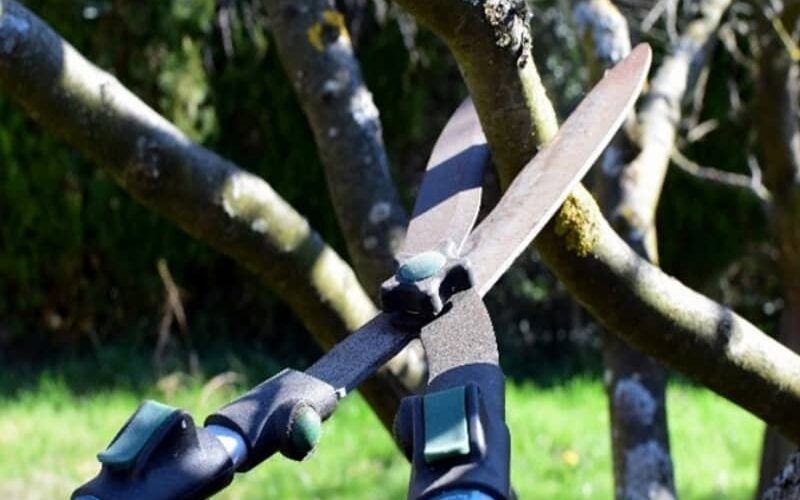
Pacific West Coast (USDA zone 7-11)
The weather in February on the Pacific West Coast can vary widely. In the northernmost parts of the region, temperatures are often quite cool and rainy, while in the southernmost areas, temperatures can be mild and dry. Along the coast, temperatures generally range from the mid-40s to low-60s (°F).
In Northern California:
- Prune your deciduous trees and shrubs to ensure maximum growth and flowering later in the season.
- Fertilizing your lawn and garden beds with nitrogen-rich fertilizer to promote green healthy growth.
- Start planting cool-season vegetables and flowers. Onions, broccoli, cauliflower, lettuce, and pansies are all good choices for planting.
- Keep up with the weeding to prevent the spread of unwanted weeds. 5.
- Apply a layer of mulch to garden beds and around trees and shrubs to help retain moisture and regulate soil temperatures.
- Clean up garden beds and around the house. Remove any dead foliage and debris from the garden beds and around trees and shrubs.
- Continue to water your plants as needed. Check the soil before watering to ensure that it isn’t too wet or dry.
In Southern California:
- Prune deciduous trees and shrubs, such as fruit trees and roses.
- Start planting cool-season vegetables, such as broccoli, carrots, and kale.
- Plant bare root trees and shrubs.
- Plant spring-blooming bulbs, such as tulips and daffodils.
- Apply a pre-emergent herbicide to prevent weeds.
- Begin to fertilize your lawn.
- Plant herbs, such as sage, thyme, and oregano.
- Plant annuals and perennials.
- Start to prepare your soil for summer vegetables.
- Divide and transplant perennials.
Southwest (USDA zone 4-7)
The weather in the Southwest in February typically ranges from mild to warm, with temperatures typically ranging from the mid-50s to mid-70s (Fahrenheit). Rain is common in some areas, while sunshine and clear skies are typical in others.
- Start Seeds Indoors – February is the perfect time to start seeds indoors for your spring and summer garden. Depending on your location, you can start tomatoes, peppers, eggplants, squash, and cucumbers.
- Prune Trees – Pruning is a key part of keeping fruit trees healthy and productive. February is a great time to prune trees in the Southwest U.S.
- Plant Cool-Season Vegetables – Plant cool-season vegetables such as lettuce, broccoli, cauliflower, carrots, and beets.
- Fertilize Trees and Shrubs – Fertilize trees and shrubs with a slow-release fertilizer in February.
- Prepare Soil – February is a great time to prepare soil for your spring and summer garden. Work in compost or other organic matter to improve soil fertility and drainage.
- Plant Perennials – Plant perennials such as poppies, lupines, and black-eyed Susans in February for a beautiful spring and summer display.
- Divide Perennials – If you have overgrown clumps of perennials, February is a great time to divide them. Dig up the clumps,
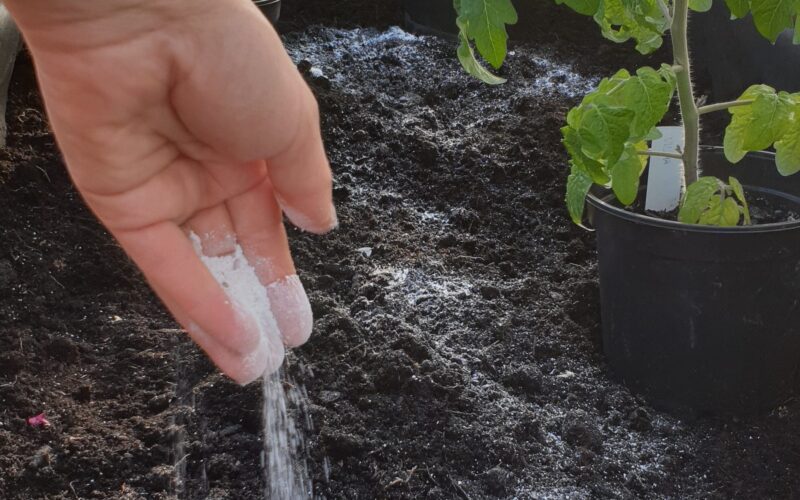
Southeast (USDA 6–11)
The weather in the Southeast U.S. in February is usually mild, with temperatures ranging from the low 40s to the upper 60s (Fahrenheit). There can be occasional cold snaps or warm spells, but overall, it‘s a pleasant time of year. Rainfall is common, and snow is possible but not likely.
- Prune roses, shrubs, and trees.
- Plant peas, spinach, and other cool-weather crops.
- Divide and transplant perennials.
- Mulch beds and borders.
- Start seeds indoors.
- Remove debris from lawns and beds.
- Check for pest and disease damage.
- Start a compost pile.
- Fertilize lawns.
- Plant garlic and onion sets.
GARDENIZE GARDEN APP
A gardening friend with a green thumb and photographic memory
Gardenize is an app for gardening and cultivation that helps you to overview, understand and develop your garden and your gardening skills. With an overview it’s easier to succeed and Gardenize structures information and photos and makes it searchable for you. You also get tips and inspiration from other Gardenizers around the world.
Gardenize is free to use with its basic functions and you can download Gardenize from the App Store or Google Play, or create an account the Gardenize web app for web browsers. Get to know Gardenize better here.

